Program for Supporting SEMI S23 Compliance
The SEMI S23 - “the guide for conservation of energy, utilities, and materials used by semiconductor manufacturing equipment” - seeks continuous improvement for the energy efficiency of the semiconductor fabrication process. This involves the measurement of energy consumption, developing a road map for improvement, and then re-measurement to demonstrate that energy reduction has been obtained. Salus Engineering International supports equipment manufacturers in both conducting measurements and identifying areas for potential energy reduction.
SEMI S23 Energy Measurement
Electrical Energy Measurement
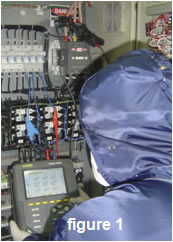
The practical application of S23 energy consumption measurements requires both well-established technologies and newly emerging technologies. All, however, require skilled and experienced personnel for the successful execution of the measurement process. Electrical power is measured by a three phase power analyzer with real time logging capabilities (figure 1). These logging capabilities are critical because power consumption will vary over the process cycle. Only through logging can a proper measurement be made. Equipment that is capable of capturing measurements via software is preferable because this not only satisfies the energy measurement requirement of S23, but it also provides a powerful analysis tool to understand how power varies over the process cycle (figure 2).
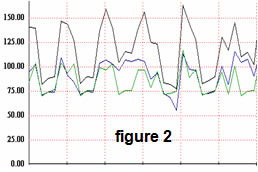
Ultrasonic Flow Measurement
Both DI water flow and process cooling water flow measurements are vital. This can be done using ultrasonic technology that permits the measurement of flow through a pipe without breaking into that pipe. Transducers are placed on the exterior of the pipe in which flow is to be measured, and the ultrasonic technology permits the measurement to be made (figure 3).
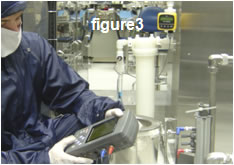
This is a newer technology and it is critical that these measurements are taken only by skilled and experienced engineers. The ultrasonic technology only permits measurements on fluid pipes of half-inch diameter and bigger by non-intrusive means. However, this is usually sufficient to measure almost all process cooling water supply lines in the industry.
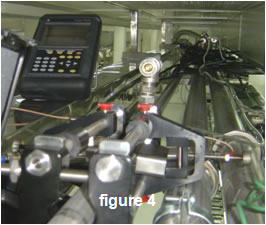
CDA and nitrogen can also be measured using an ultrasonic instrument. This works on the same principle of connecting the instrument to the exterior of the pipe and measuring flow without breaking into the line (figure 4). This non-intrusive technology can be used on any CDA and nitrogen lines that are ¾ inches in diameter or bigger.
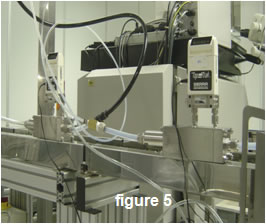
For smaller lines, an intrusive method is required. Simple mass flow measurement devices are used to tap into the lines (figure 5).
Exhaust Measurement
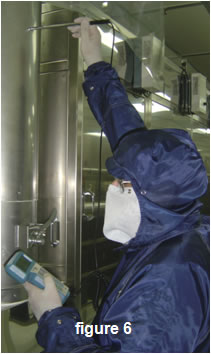
Finally, exhaust is another essential element of the energy footprint. Exhaust can be one of the largest energy consuming aspects in a piece of equipment. SEMI S23 energy measurements require both the right equipment and the skilled and experienced personnel to conduct them (see figure 6). With these two critical elements the measurements can be done quickly, accurately, and with a minimum amount of tool time.
SEMI S23 Road Map Development
Energy Measurement is only part of the SEMI S23 process. It is intended to be used to demonstrate the effectiveness of the energy reduction road map. Salus Engineering International's experienced engineers also support S23 road map development. Identifying both short term and long term strategies for energy reduction is essential to continuous improvement. This takes into account the full complexities of the system engineering and it can result in significant reductions in energy consumption when done by knowledgeable engineers. Contact us for more information on how SEMI S23 applies to your organization.